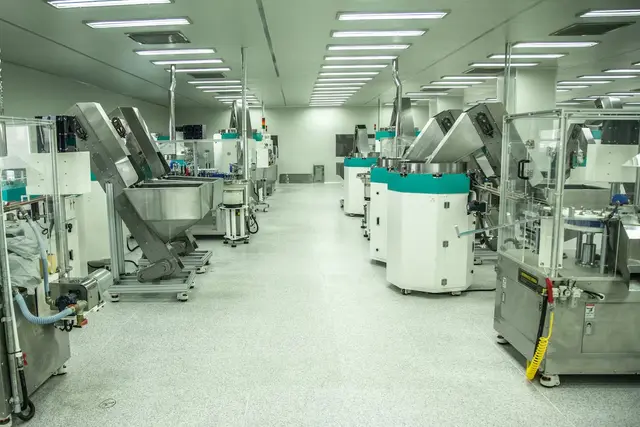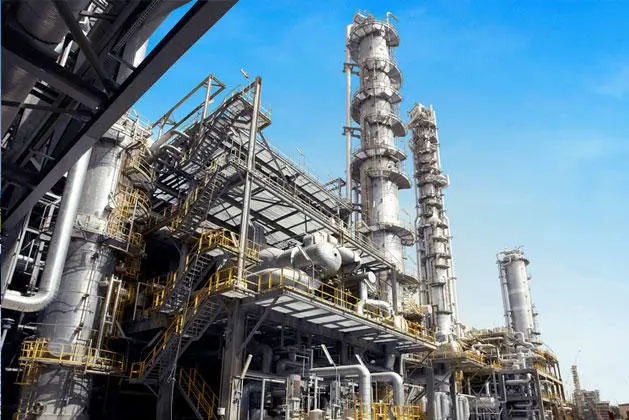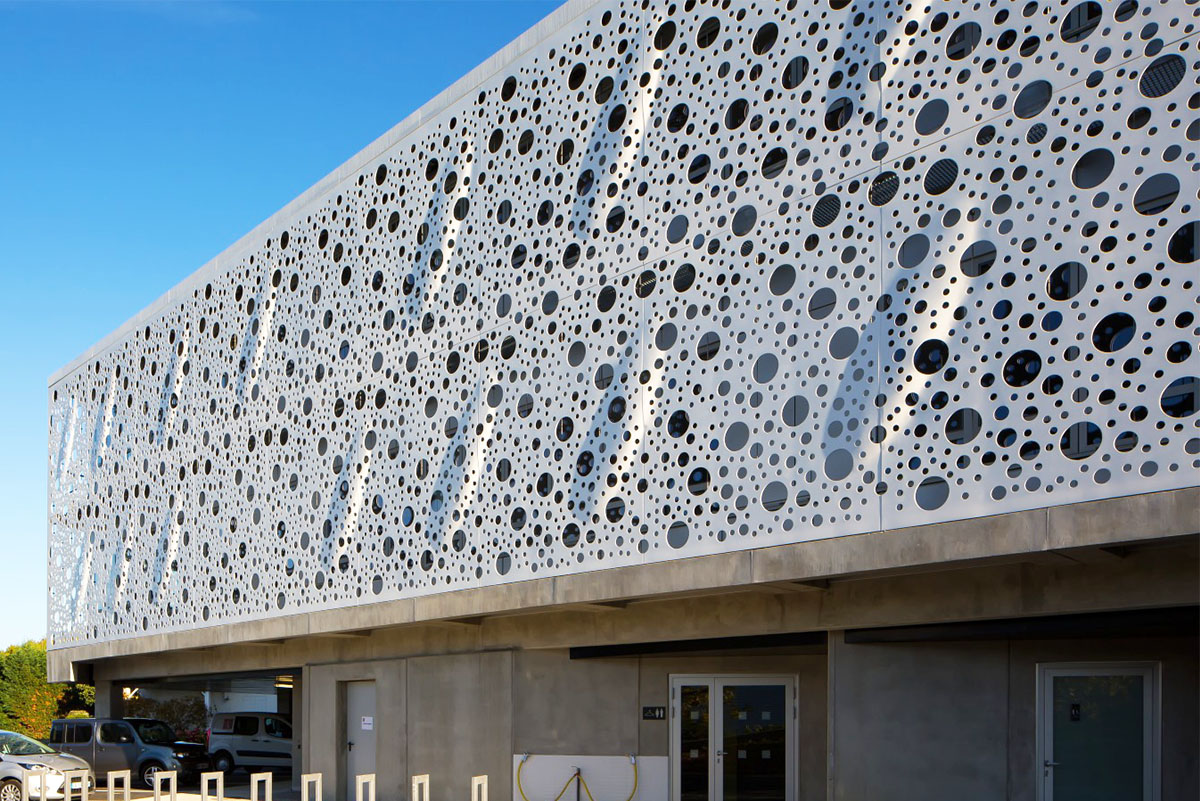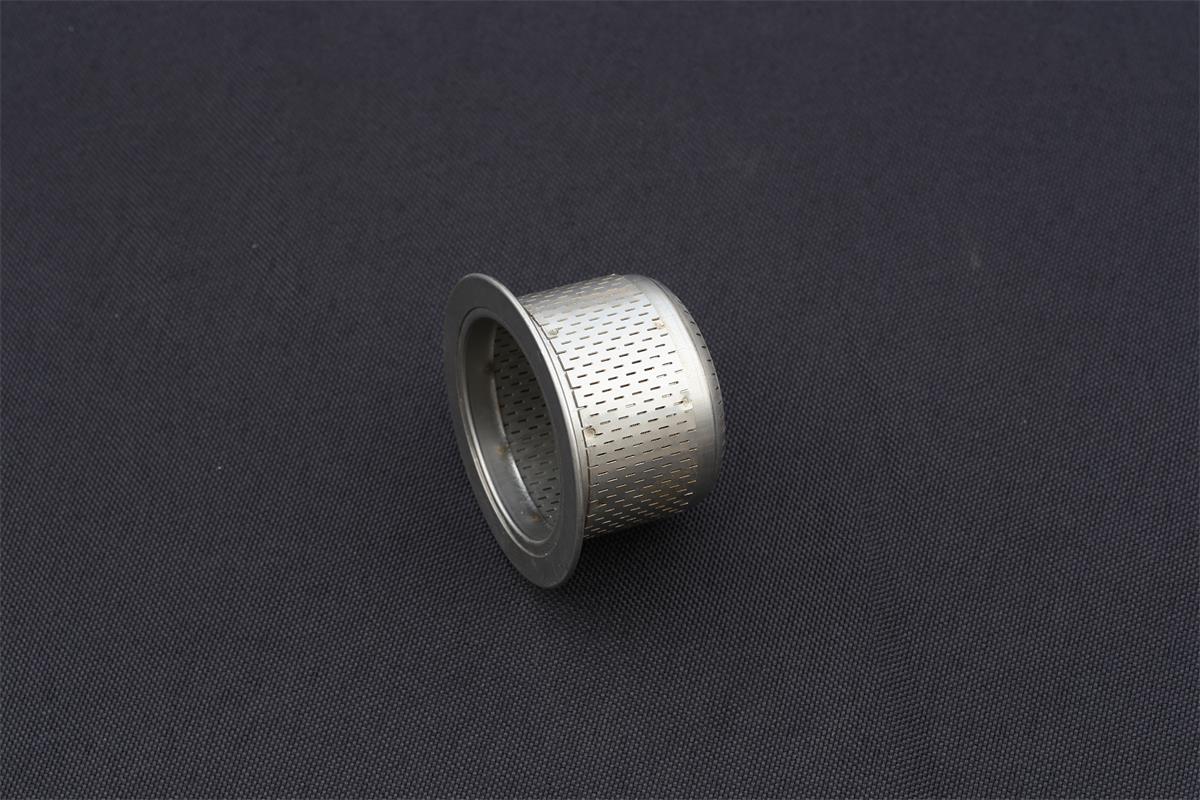In modern industrial applications, perforated metal sheet has emerged as a multifunctional, high-performance material widely used across sectors such as manufacturing, architecture, transportation, and environmental protection. With its customizable design, robust mechanical properties, and eco-friendly characteristics, perforated metal sheet offers significant advantages that make it an essential material in a wide array of engineering and industrial scenarios.
1. Mechanical and Safety Advantages in Manufacturing
In the machinery and equipment manufacturing sector, perforated metal sheet plays a vital role in enhancing equipment safety and operational efficiency. It is commonly used in cooling systems—such as engine or motor radiators—to increase the effective surface area for heat dissipation, thus reducing the risk of overheating. As a filter component, the sheet effectively removes contaminants in hydraulic and air systems, protecting precision components from damage due to oil or dust particles.
Additionally, it is widely employed in safety protection. Machines used in food processing or woodworking are often equipped with perforated metal sheets as safety covers. These covers allow operators to see the working parts while preventing physical contact with dangerous components or flying debris. When paired with sound-absorbing materials, the sheet also serves as an effective noise-reduction tool, used in equipment like compressors and generators.
2. Aesthetic and Functional Uses in Construction
The architecture and construction industry benefits greatly from the functional and decorative attributes of perforated metal sheet. On building façades, curtain walls, and shading systems, its customizable patterns—such as waves or hexagons—not only enhance the building’s visual appeal but also provide sun protection and promote natural ventilation. Internally, it is used for suspended ceilings, stair railings, and space dividers, improving natural lighting and contributing to a modern, spacious design.
Its use in protective barriers, such as balcony fences and rooftop safety nets, ensures security while maintaining visual transparency. These qualities make it especially suitable for modern urban design projects where functionality and aesthetics must coexist.
3. Environmental and Energy Applications
In the fields of environmental protection and energy management, perforated metal sheet is indispensable. It is used in large-scale water treatment facilities to filter out impurities during pretreatment processes, ensuring cleaner water output. Similarly, in dust filtration systems at industrial sites—like mining or chemical plants—it efficiently captures airborne particles, improving air quality and meeting environmental standards.
In ventilation engineering, the sheet supports air circulation in HVAC systems and industrial exhausts, contributing to reduced energy consumption and optimized indoor climate control. These uses demonstrate the sheet’s role in promoting both operational efficiency and ecological responsibility.
4. Performance and Economic Benefits
The performance characteristics of perforated metal sheet are a major reason for its popularity. Made from materials such as stainless steel and aluminum alloys, it boasts a tensile strength exceeding 800MPa. It is durable, impact-resistant, and able to withstand extreme environments for 10 to 25 years. The hole size and shape can be precisely customized—ranging from 0.4mm to 200mm—allowing engineers to fine-tune its functions for specific tasks, such as ore screening or ventilation control.
From an economic standpoint, the sheet is lightweight—about 35% lighter than traditional solid metal mesh—resulting in lower transportation and installation costs. It supports modular assembly and rapid deployment, saving labor and time. With a high turnover rate of 3–5 project cycles, the long-term cost is over 40% lower compared to traditional dense mesh alternatives. The breathable structure minimizes clogging, reducing downtime and maintenance costs.
5. Sustainability and Recycling Advantages
Environmental sustainability is another key benefit of perforated metal sheet. It is 100% recyclable, and recycling just one ton of steel can reduce carbon emissions by up to 1.6 tons. The production process is clean and efficient, with waste stamping materials repurposed rather than discarded. Some variants, such as polyethylene perforated plates, are biodegradable, further supporting green building practices.
6. Diverse Industry Use Cases
The versatility of perforated metal sheet is best illustrated by real-world applications. In mining, it improves the efficiency of ore classification systems while withstanding abrasive conditions. In the energy sector, generator enclosures made with perforated mesh can lower operating temperatures by up to 18%. In food processing, hygienic-grade perforated sheets help filter ingredients and maintain cleanliness. Landmark architectural projects, such as the Liverpool Department Store in Mexico, have used decorative aluminum perforated sheets to create visually dynamic and environmentally responsive façades.
In summary, perforated metal sheet has become a cornerstone material in the industrial world. Its strength, customization, multifunctionality, and environmental benefits make it suitable for use in machinery, construction, energy systems, and beyond. With the rise of smart manufacturing and green construction, the demand for this adaptable and sustainable material will continue to grow. As industries push for efficiency, safety, and sustainability, perforated metal sheet will remain at the forefront of innovation.
Request a Quote
Please email us via the contact form below, we will get back to you as soon as possible.












